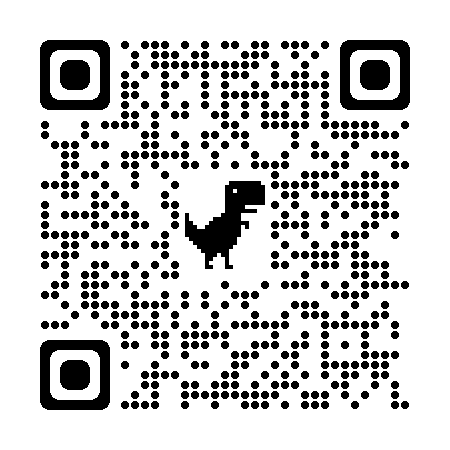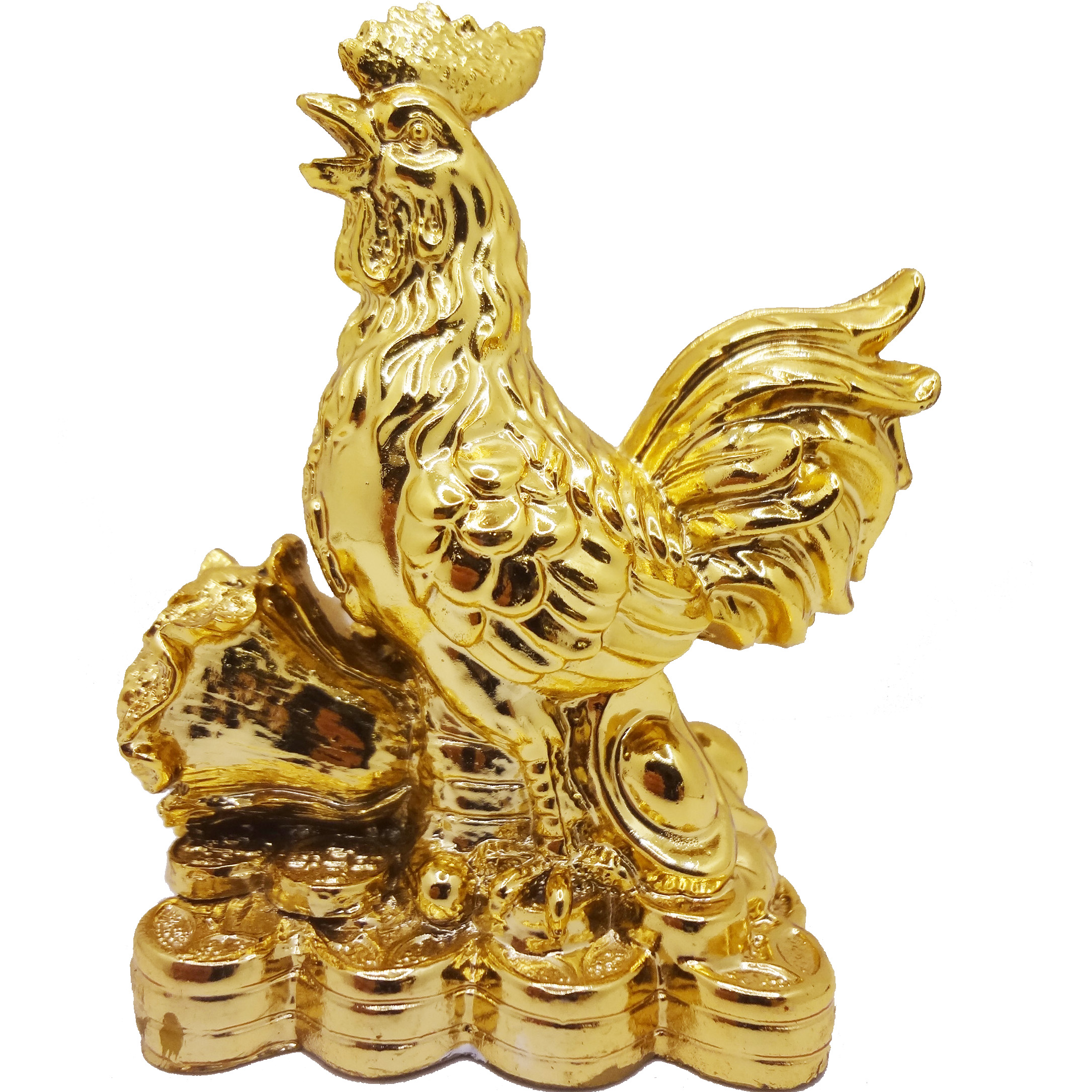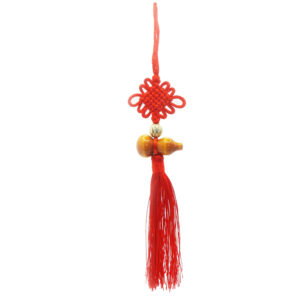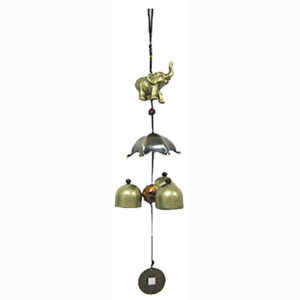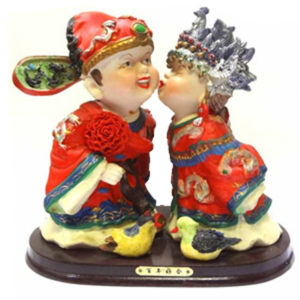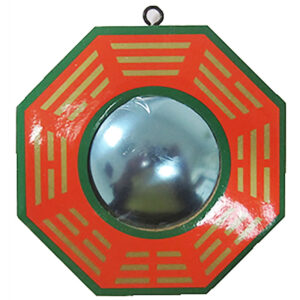Good Fortune Feng Shui & Gifts
(G10) Rooster on Faat Choy, Ingots & Coins
$29.99
Material: Resin
Color: Golden
Size: 3.0″L x 1.5″W x 3.5″H
Description
Rooster on Faat Choy, Ingots, and Coins are symbolic objects commonly associated with Chinese New Year celebrations and traditional Chinese culture. Here’s what each of these items represents:
- Rooster: The rooster is one of the twelve Chinese zodiac animals and holds significance in Chinese astrology and folklore. In Chinese culture, the rooster is believed to symbolize good luck, fidelity, and punctuality. During the Chinese New Year, images or decorations of roosters are often displayed to bring blessings and fortune for the coming year.
- Faat Choy: “Faat Choy” is a Cantonese term that translates to “hair vegetable” or “black moss.” It refers to a type of dried hair-like seaweed that is black in color. In Chinese culture, Faat Choy is considered a symbol of wealth and prosperity. Its appearance resembles the growth of money and is often used in festive dishes during Chinese New Year as a way to bring good fortune and abundance.
- Ingots: Ingots are small, boat-shaped pieces of gold or silver that were used as currency during ancient times in China. They symbolize wealth, prosperity, and abundance. The shape of the ingot is believed to represent a boat or a treasure chest, symbolizing the arrival of good fortune and wealth. In Chinese culture, the presence of ingots is often associated with attracting and accumulating wealth.
- Coins: Coins have been used as a form of currency in China for centuries. In traditional Chinese culture, coins symbolize wealth, prosperity, and good fortune. They are associated with attracting money and financial success. During Chinese New Year celebrations, it is common to give and receive “lucky money” in red envelopes containing coins as a gesture of bestowing blessings and good luck for the year ahead.
In combination, the rooster, Faat Choy, ingots, and coins all represent various aspects of prosperity, wealth, and good fortune in Chinese culture, particularly during festive occasions like Chinese New Year.
